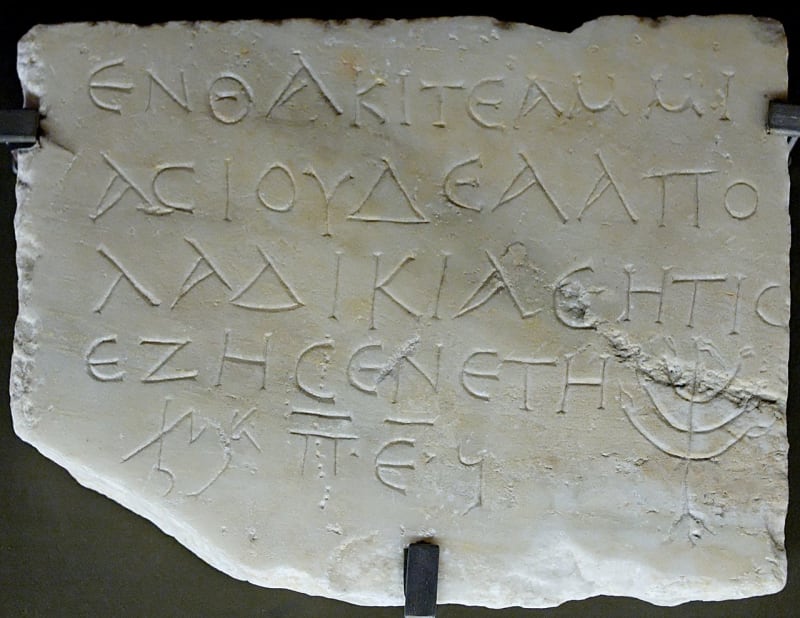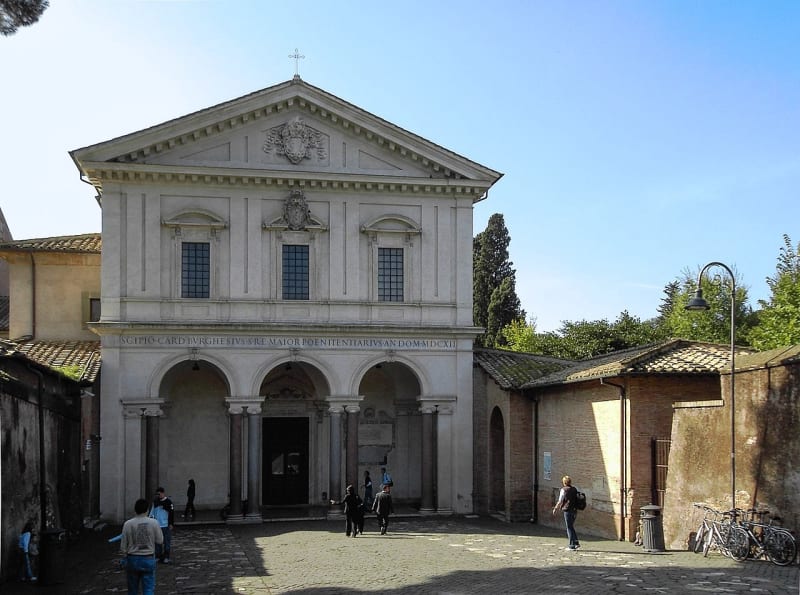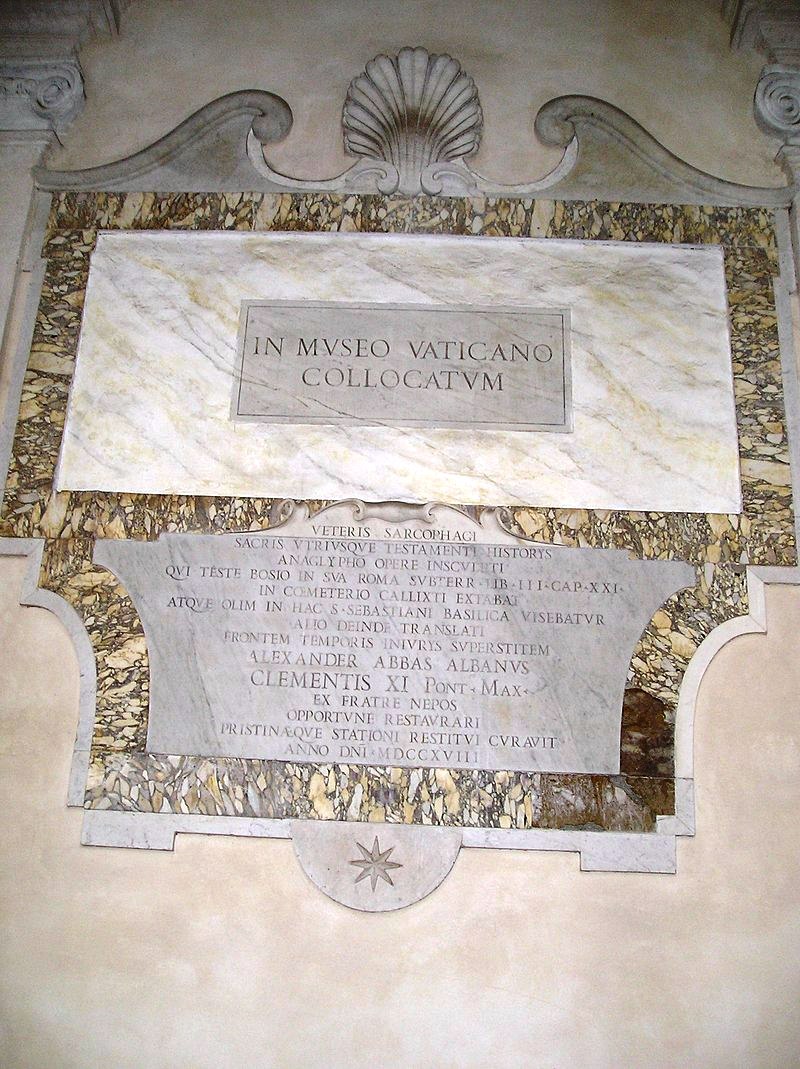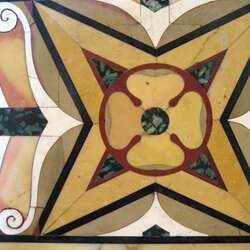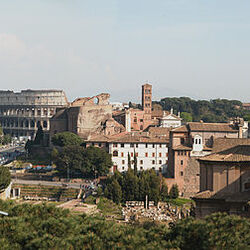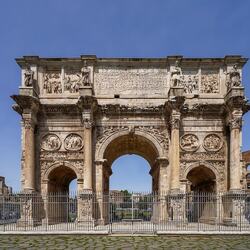Catacombs of Rome
The catacombs of Rome are a network of ancient catacombs used as burial sites, mostly during the early Christian period. Every year they become a magnet for all travelers who love mysticism and mystery. Most of the underground corridors remain inaccessible to ordinary tourists, but what is there is enough to get the most extraordinary impressions.
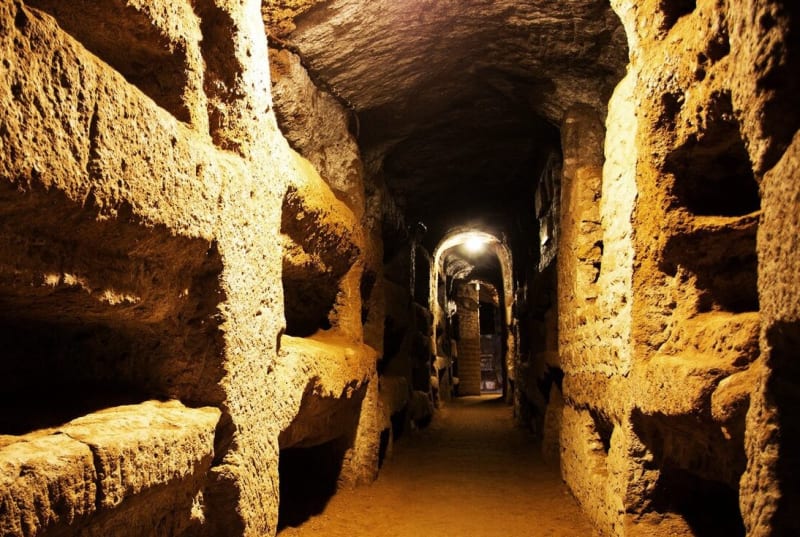
The History of the Catacombs of Rome
Carefully dug city tunnels were discovered in the vicinity of Rome in the XVI century, when the Salarian Road was being built. Initially, it was believed that the catacombs served as a kind of food warehouses in case of an unforeseen siege of the city or the usual felling of travertine, which was used to make the most charming buildings of the Eternal City. But further study of underground utilities refuted this idea. The catacombs of Rome were ancient necropolises that appeared here as early as the 1st century BC.
It is assumed that such old burials appeared in connection with the prohibition of the former authorities to bury the dead in the city. Aristocrats and merchants began to build luxurious tombs for themselves, and ordinary people had to make do with what was at hand, or rather, under their feet. This decision was also facilitated by the local land: the volcanic rocks yielded well enough to ancient picks and shovels and also held the planned shapes well.
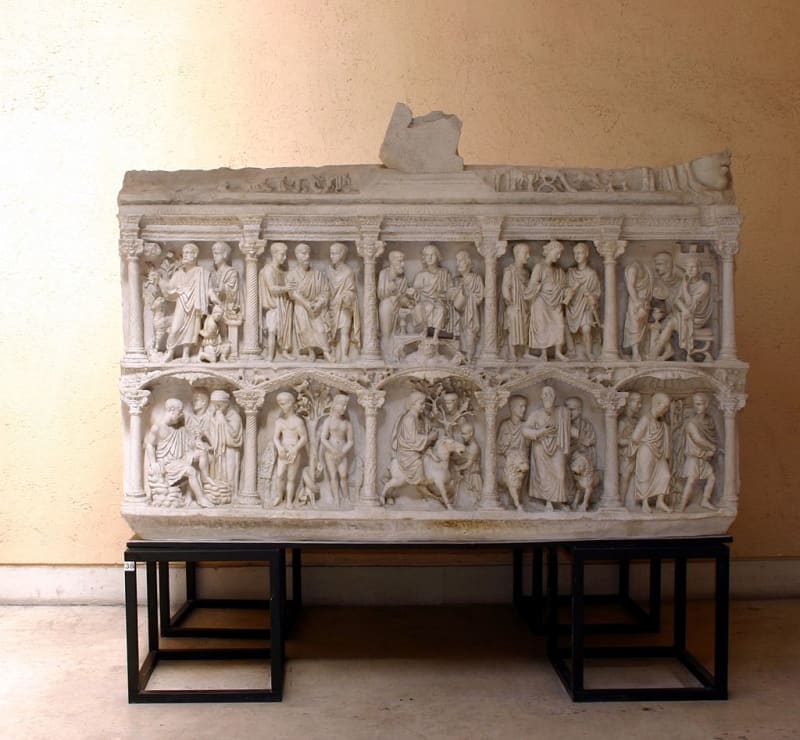
In continuation of the topic
A little later, with the advent of Christianity, in addition to ordinary citizens and ordinary followers of the new doctrine, martyrs and saints began to be buried here, gradually turning the tunnels into places of worship. Upstairs, for obvious reasons, it was somehow not very safe to chant prayers. By the way, underground temples and their inhabitants (living and dead) were not persecuted by the authorities.: The realm of the dead was considered inviolable.
Gradually, the Catacombs of Rome turned into huge underground cities, in which about 500,000 people found eternal rest. In the 5th century AD, burials ceased, and for the next few centuries, underground tunnels were used as places of pilgrimage. Then they were forgotten too.
Short description
There are rectangular niches along the narrow tunnels that radiate in all directions, where the bodies of those who left the world were brought in. Most often, each such room was intended for one family. Single tombs were awarded to saints, whose remains were covered with a slab, which was later used as a kind of altar. Sometimes such burials were decorated with arches, on which Christian symbols were stamped or frescoes were applied.
Interestingly, secular and religious subjects coexist quite peacefully in the Catacombs of Rome, so that it is possible to evaluate the development of two types of fine art over several centuries. The depth of some underground structures reaches 30 meters, and the total length is approximately 170 kilometers. However, travelers can visit only 5 corridors and then only accompanied by guides. At the same time, the Catacombs of Rome are completely safe and even slightly restored.

